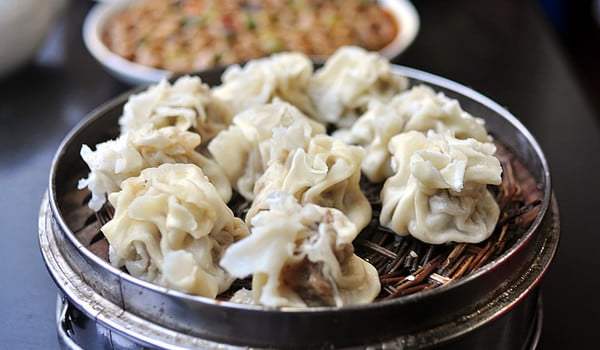It will only take [est_time] to read this post!
It’s fair to say that we LOVE Chinese breakfast food. Maybe it’s the delicious flavours or maybe it’s because it’s OK to eat noodles as your first meal of the day. It’s probably the fact that compared with western choices, (what? toast, cereal or a fry-up?) there are tons of options, that you can buy from a street vendor, fast food restaurant or have it ‘waimai’-ed to your office.
We enjoy our breakfast in our latest video:
Share your Chinese breakfast pics with us on Instagram and tag @WrittenChinese!
BREAKFAST: MY FAVOURITE MEAL OF THE DAY
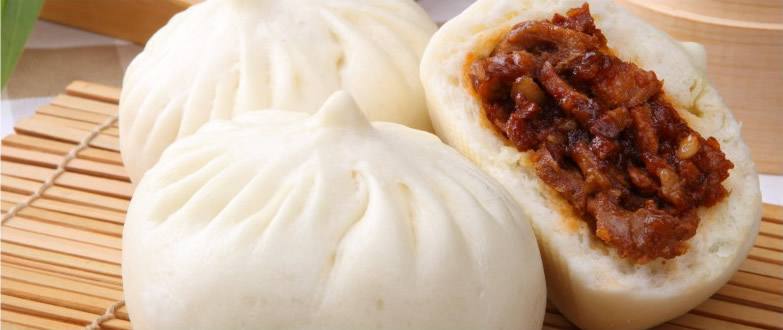
Although cow’s milk is only just becoming ‘popular’ in China, fresh warm soya milk 豆奶 (dòu nǎi) is a common breakfast beverage. Eggs, usually boiled in a brine or tea are super cheap and can be bought from a street stand and even 7/11. My particular favourite breakfast food is 包子 (bāo zi). These are steamed balls of dough with a filling, such as cabbage and corn, beef or 叉烧 (chā shāo) pork!
DIM SUMMING IT UP
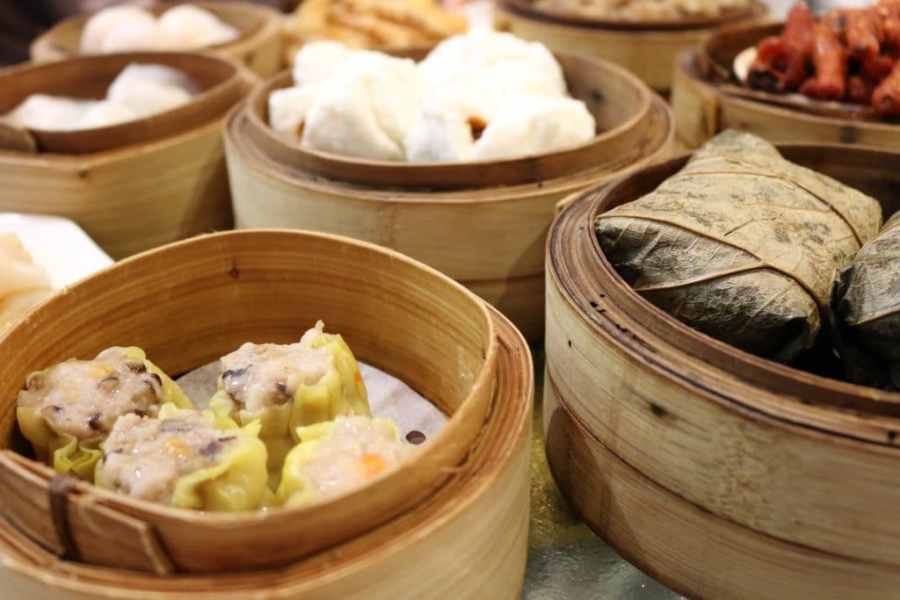
Dimsum 点心 (diǎn xin) is a Cantonese cuisine of bite-sized food usually steamed and drank with tea. For this reason, Dimsum is also known as 喝茶 (hē chá) meaning to ‘drink tea’ and is most frequently enjoyed between the hours of 10 am and 2 pm.
WHAT IS SHĀO MÀI?
In China, Dimsum is also consumed for breakfast. Enter, the steamed dumpling. Steamed dumpling is a really general term, and so it’s probably easier to look at the Chinese name: 烧卖 (shāo mài) or 烧麦 (shāo mài).
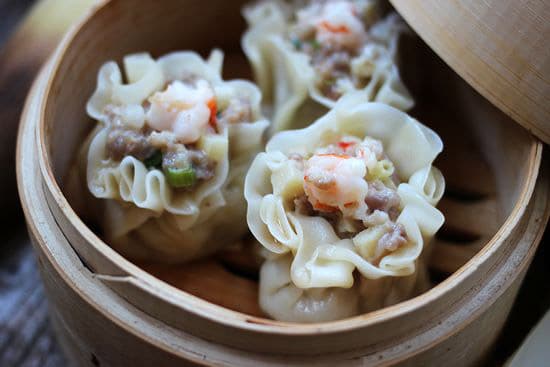
烧 (shāo) usually means ‘to cook’ or ‘roast’. You might have come across this character in the bigram for barbeque 烧烤 (shāo kǎo).
卖 (mài) seems like a strange character to use for a food, as it usually means ‘to sell’. There’s an interesting story behind the use of this character, which goes something like this:
People originally made and sold steamed buns 包子 (bāo zi), but began making the steamed dumplings and selling them alongside the 包子. Customers asked what the name of the dumpling was, and the seller told them that it was 捎带着卖的 (shāo dài zhe mài de), which means ‘to be sold incidentally’. The name was shortened to 捎卖 (shāo mài) and eventually, because of the similar sounds became 烧卖 (shāo mài).
Another origin story suggests that the original name was 稍麦 (shāo mài). 稍 (shāo) means ‘a little’, and 麦 (mài) is ‘wheat’ as the food was a wheat ‘skin’ with a meat filling.
BREAKFAST FOOD VOCAB CHEAT SHEET
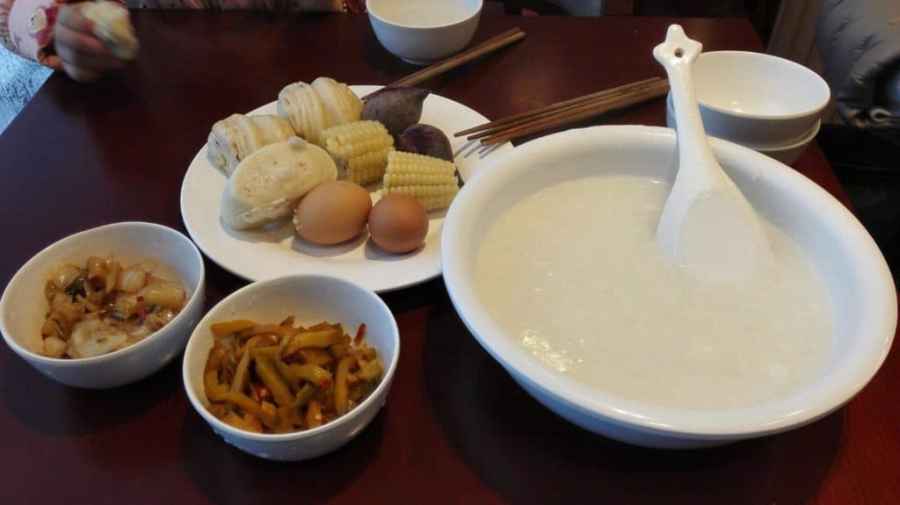
Here are a few words you might want to remember that go along with this video. Don’t forget, you can click the “+” symbol while logged-in to our web dictionary to add these words to your flashcards. They’ll sync with the Written Chinese Dictionary app and you can study them on the go.
早餐 (zǎo cān) breakfast
豆奶 (dòu nǎi) soya milk
包子 (bāo zi) steamed bun
烧卖 (shāo mài) steamed dumpling
烧麦 (shāo mài) steamed dumpling
水煮蛋 (shuǐ zhǔ dàn) boiled egg
Let us know what your favourite Chinese breakfast is! Have you tried steamed dumplings before? Tell us what you think in the comment section below!
Don’t forget to subscribe to the Two White Chicks in China podcast to listen to us discuss all aspects of life in China. You can even leave us a voicemail to get your own question answered!
